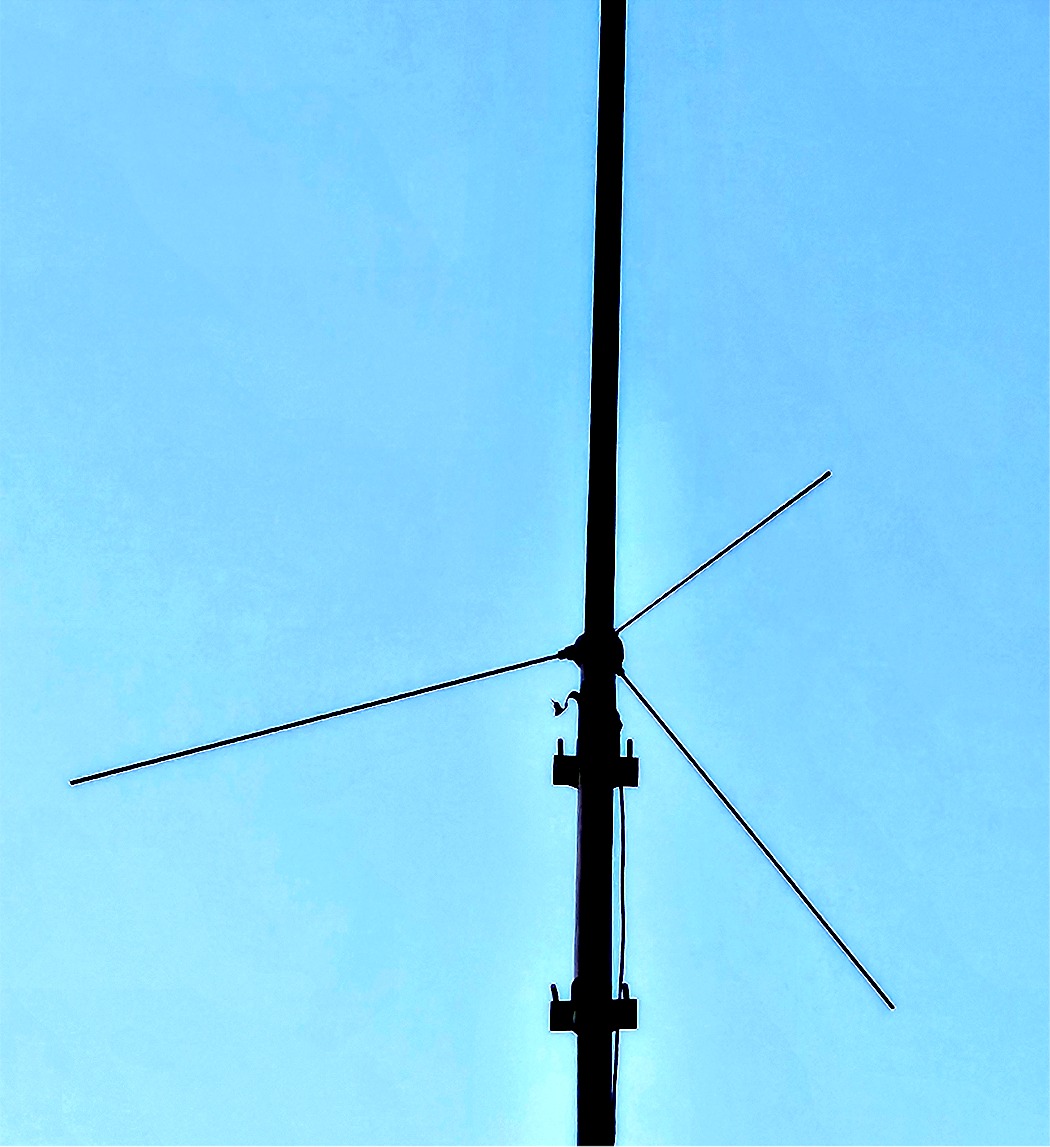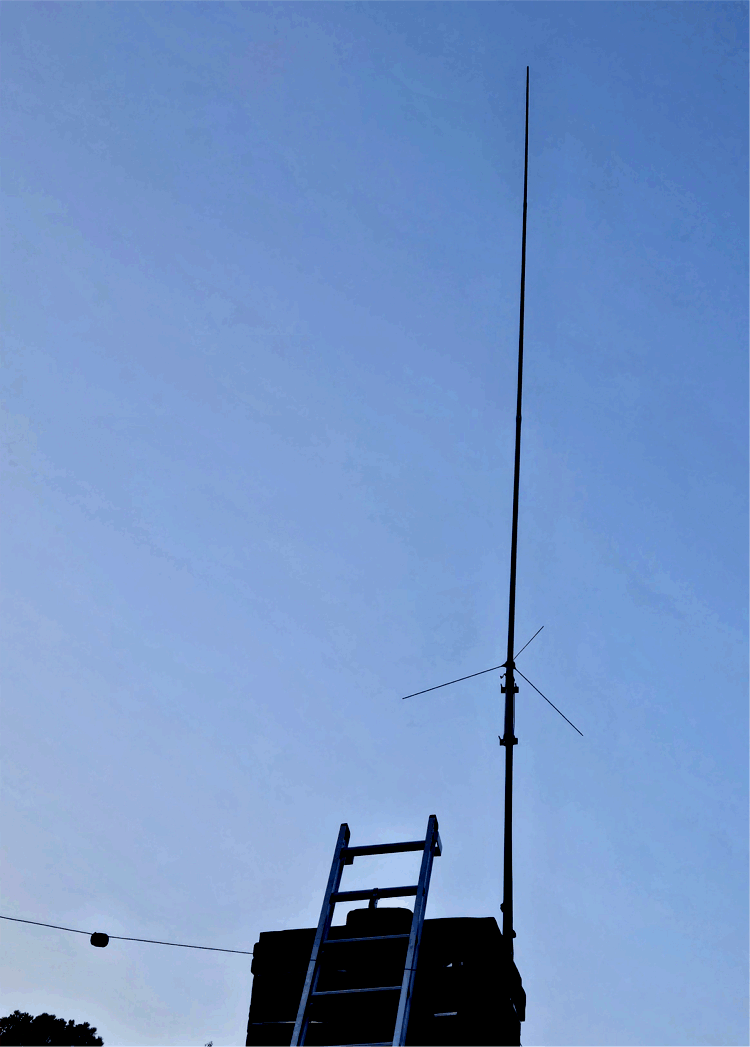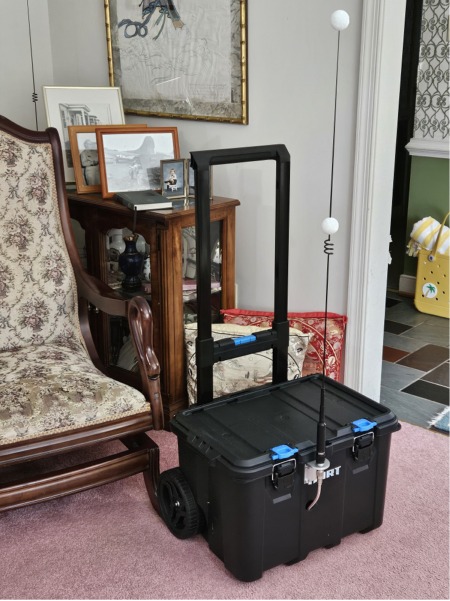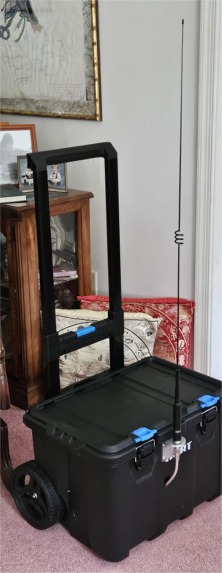
N4ON
Double Talk Simplex
Repeater
(for test purposes or emergency use)

Simplex Repeater
145.600 Simplex
( Miscellaneous - Experimental Modes )
CTCSS 118.8
* * *
A Scheduled Repeater
(frequency, tone, and schedule subject to change)
(only activated on posted days as needed)
(for test purposes or emergency use)
Initial Test - July 1 - 15, 2024
Next Activation TBA
* * *
Basic Operation
(DoubleTalk)
You Are The Control Operator
A simplex repeater records your brief 30 second or less transmission. The simplex repeater pauses, then the repeater transmitters your brief recorded transmission back over the same simplex frequency.
You can transmit up to 30 seconds then you go to receive
mode to listen.
Your transmitted/recorded brief message will then double back to you.
Anyone on the simplex frequency including you will hear your brief recorded
message.
This is a great way to tell if you can reach the simplex repeater and to hear back your own transmission for quality of audio and signal strength from the simplex repeater.
An HT can take advantage of boosting its signal using more power, a better antenna and location to extend its coverage with another HT. Works with mobile stations as well as fixed base stations.
The simplex repeater is a great way to know your area and range for coverage.
EXAMPLE - Try it out !
"this is (your call) making a test call for signal quality and strength evaluation"
Try different locations to tell coverage area.
* * *
You can actually use the simplex repeater to call CQ, and have someone respond to your call.
You transmit you CQ up to 30 seconds, then wait for you and a listener to hear the recorded CQ to playback, then you wait for the other station to answer (record) their response (up to 30 seconds).
* * *
NOTE
Only one frequency ( simplex ) is used for transmit and receive but not at the same time like any full duplex repeater.
Each brief message received by the simplex repeater is recorded and then transmitted (repeated) back over the same frequency.
Continue any QSO in a brief (doubletalk) conversation.
Remember, this duplicates all transmissions so it requires twice the time compared to a normal duplex repeater. All transmissions must be less the 30 seconds and requires listening while the other station records their response.
(for test purposes or emergency use)
* * *

Base Station Antenna


Battery Powered
Portable Simplex
Repeater
Roll out to an event like a parade route,
a foot or bike race, or an emergency area
and have volunteers on HTs give reports
to a fixed station control operator miles
away. The higher the repeater at the site,
the greater range of coverage.
Example: on a picnic table, top of a car,
roof of a nearby building or structure.
Connect to a more fixed antenna for
yet a further range of operation.
Provide AC power for unlimited
operating time.
The main advantages using a simplex repeater
over a duplex repeater are:
1) local range at point of need
2) cost and simplicity
3) confirmation of each HT reception
( "DoubleTalk" - I call it )
.